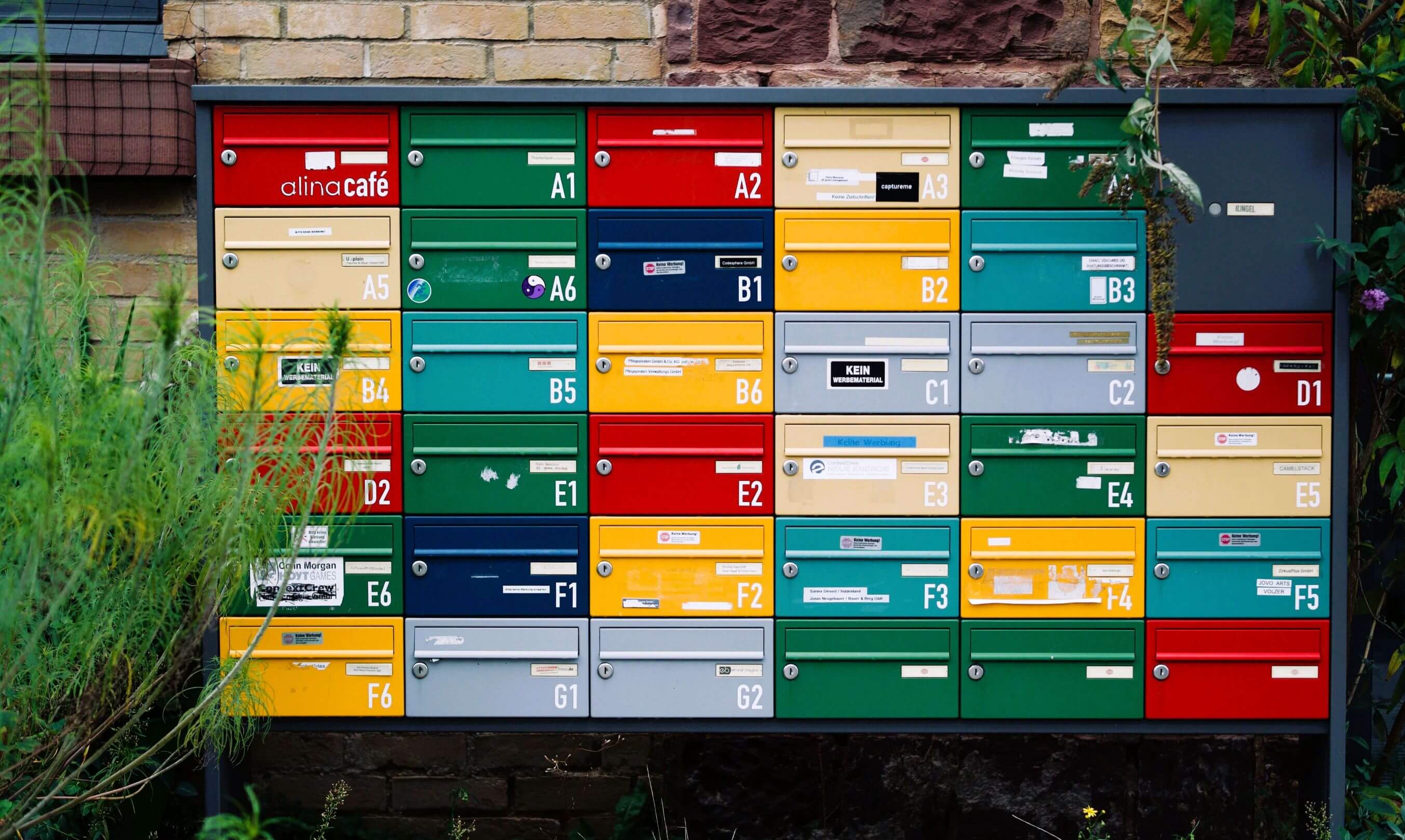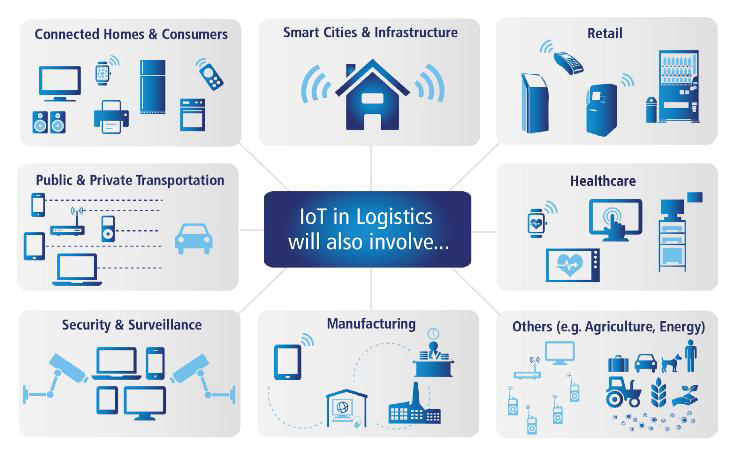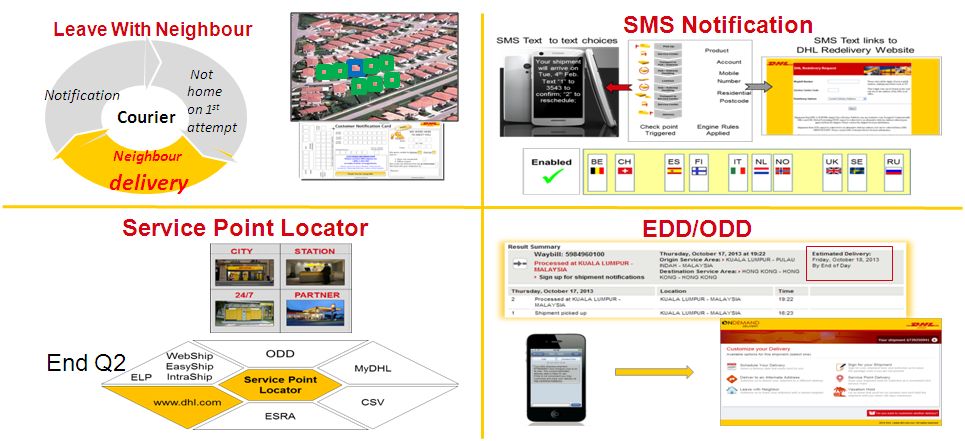- Home ›
- Digital Post Services ›
- 3D Printing Technology
3D Printing Technology
Why 3D Printing Technology Needs the Post

At A Glance
- 3D printing technology needs a secure & authenticated communication logistics environment in which to flourish – the next generation postal network.
- Stage 1: Analogue postal network
- Stage 2: WWW
- Stage 3: Next generation postal network
- 3D printing technology and the postal Internet of Things
- CEP delivery model goes digital
The underlying principle of our modern economy is clear: if it can be done digitally, it will be done digitally. This is not only true for intangible communications – thanks to 3D printing, it’s true for physical objects, too.
But what does this have to do with the post, you ask?
Well, first we need to take a quick look at the history of the postal system:
Stage 1: Thank you, analogue postal network
We can argue that letter post communications have played a key role in the development of modern society by increasing the speed and efficiency of business transactions.
A neutral, trusted and reliable network, ensuring daily, nationwide delivery of messages and information, for a flat fee, and backed by laws ensuring the privacy and authenticity of each mail piece, has encouraged the growth of freedom of speech, and the development of modern, democratic society.
This analogue communications network established the key role of every postal service – to identify sender and recipient, and ensure the privacy and authenticity of communications passing between them.
Stage 2: Enter the WWW

The world wide web, with its killer applications such as email, have had an irreversible impact on physical letter mail volumes.
Postal services have been forced to adapt, offering services to bridge the analogue-digital divide. These include hybrid mail (printing out a digital mail piece as geographically close to the recipient as possible, prior to delivery), and reverse hybrid mail (digitalizing physical mail for delivery in digital form).
They represent intermediate stages on the way to fully digital communication.
However, the key role of the postal service provider as a mediator between sender and recipient has not changed, and this has had some far-reaching, almost philosophical consequences:
- “The original is digital” – a physical piece of paper is no longer needed as proof of authenticity, nor as proof of delivery. Digital equivalents have been established.
- Postal services are no longer item-driven services, delivering to a physical address, but data-driven communication logistics services.
- By authenticating identities in a digital environment, postal services make it possible for senders and recipients interact within a secure omnichannel environment.
- Postal financial services – the 3rd pillar of postal provision – are also available in the digital environment.
- Posts use global standards in a global network, uniquely equipping them to adopt the role of global, trusted mediators and guardians of personal privacy in the borderless digital world.
Stage 3: The next generation postal network

The Universal Postal Union (UPU) has launched its top-level domain, .post which extends postal service provision into the internet.
The security, trust and authenticity standards from the physical world are transferred to the digital environment on a 1-to-1 basis.
Postal services worldwide will be in the unique position of offering the only global, standardized, secure, digital communication logistics platform, open to all customers, whether businesses or end users.
And this brings us to 3D printing technology.
3D printing technology and the postal internet of things
3D printing technology works rather like hybrid mail - the original is digital, delivered digitally and converted into its physical form at the point of receipt.
Sustainable 3D printing applications are emerging, and materials solutions are becoming widely available and affordable (printer unit prices, range of printing capabilities, quality and variety of printing materials, etc.).
As commercial ecommerce adopts hybrid delivery, 3D printing technology and additive manufacturing will become a key method of distributing parts.
This is the formula, if you like:
3D Printing Technology + Communications Logistics = Internet of Things
However, the mass adoption of 3D printing as a means of distributing commercial parts and items depends on far more than getting the digital design from A to B, and appropriate methods of additive manufacturing….
The courier & express delivery business model goes digital
Any commercial 3D object originates from a digital original.
The importance of the next generation postal network lies in providing a feedback loop, extending digital control of the manufacturing environment to the sender.
This means that, as well as confirming arrival of the digital original, the 3D printer will also check, confirm and report back to the sender that:
- The 3D printer has been correctly set up
- Correct printing powders and supplies have been used
- The agreed number of items have been produced
- Items have been produced completely and correctly
Only once all these conditions have been met can the sender / licensor then extend product liability/warranties and legal rights to the items manufactured remotely in this manner.
In short, it is the ability to provide the vital, secondary services associated with 3D printing technology -

- issue of warranties,
- product liabilities,
- product guarantees,
- intellectual property and
- patent-related issues,
which will determine the technology’s future impact as a commercial distribution channel and truly alternative method of manufacturing.
Yet again, it is the fundamental principles of a postal network – securing the integrity of an item, and guaranteeing the authenticity of the sender and the recipient – that provides the added value in this process.
Once the identities of sender and recipient, as well as the authenticity and integrity of the digital original and manufactured product, can be guaranteed, then 3D printing technologies can be used to manufacture:
- Medical products in hospitals and clinics
- Industrial spare parts for distributors and end customers in far-flung parts of the world
- One-time, custom-made tools or parts, developed to suit individual circumstances
- Spare parts needed quickly and in geographically challenging locations
… there is no end to the possible range of business models and applications.
To conclude, although the postal world may at first glance appear to be a traditional industry, it is a pioneer in shaping a secure communication logistics environment within which our digital future can flourish.
Walter Trezek is the Chairman of the Consultative Committee (CC) of the Universal Postal Union (UPU).
- Home ›
- Digital Post Services ›
- 3D Printing Technology
Does this article cover a topic relevant to your business? Access the CLS Business Lounge for the market intelligence you need to stay ahead of the crowd. Find out more




















